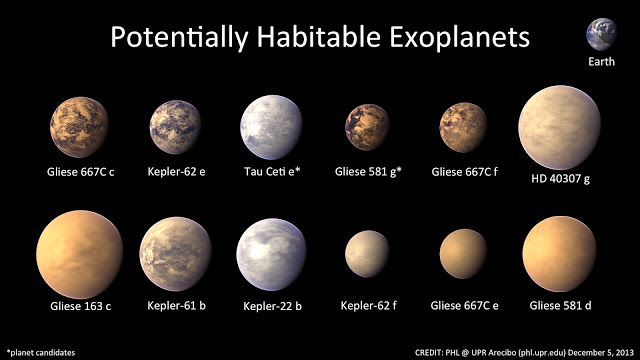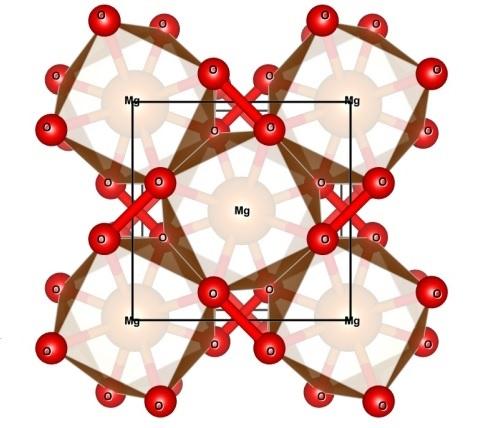| Online: | |
| Visits: | |
| Stories: |

| Story Views | |
| Now: | |
| Last Hour: | |
| Last 24 Hours: | |
| Total: | |
How Earth-like Are Rocky Exoplanets and Super-Earths?
A super-Earth is an extrasolar planet with a mass higher than Earth’s, but substantially below the mass of the Solar System’s ice giants Uranus and Neptune, which are 15 and 17 Earth masses respectively. How much like the geology of Earth and Earth’s mantle and core is a question astrophysicists are seeking to answer.
As astronomers continue finding new rocky planets around distant stars, high-pressure physicists are considering what the interiors of those planets might be like and how their chemistry could differ from that found on Earth. New work from a team including three Carnegie scientists demonstrates that different magnesium compounds could be abundant inside other planets as compared to Earth. Their work is published by Scientific Reports.

Oxygen and magnesium are the two most-abundant elements in Earth’s mantle. However, when scientists are predicting the chemical compositions of rocky, terrestrial planets outside of our own Solar System, they shouldn’t assume that other rocky planets would have Earth-like mantle mineralogy, according to a research team including Carnegie’s Sergey Lobanov, Nicholas Holtgrewe, and Alexander Goncharov.
This is the crystal structure of magnesium peroxide, MgO2, courtesy of Sergey Lobanov, created using K. Momma’s program for drawing crystal structures.
Credit: Sergey Lobanov
Magnesium oxide, MgO, is known to be remarkably stable, even under very high pressures. And it isn’t reactive under the conditions found in Earth’s lower mantle. Whereas magnesium peroxide, MgO2, can be formed in the laboratory under high-oxygen concentrations, but it is highly unstable when heated, as would be the case in a planetary interior.
Previous theoretical calculations had indicated that magnesium peroxide would become stable under high-pressure conditions. Taking that idea one step further, the team set out to test whether stable magnesium peroxide could be synthesized under extreme conditions mimicking planetary interiors.
“Our findings suggest that magnesium peroxide may be abundant in extremely oxidized mantles and cores of rocky planets outside our Solar System,” said Lobanov, the paper’s lead author “When we develop theories about distant planets, it’s important that we don’t assume their chemistry and mineralogy is Earth-like.”
“These findings provide yet another example of the ways that high-pressure laboratory experiments can teach us about not only our own planet, but potentially about distant ones as well,” added Goncharov.
Because of its chemical inertness, MgO has also long been used as a conductor that transmits heat and pressure to an experimental sample. “But this new information about its chemical reactivity under high pressure means that such experimental uses of MgO need to be revised, because it they could be creating unwanted reactions and affecting results,” Goncharov added.
Sergey Lobanov




